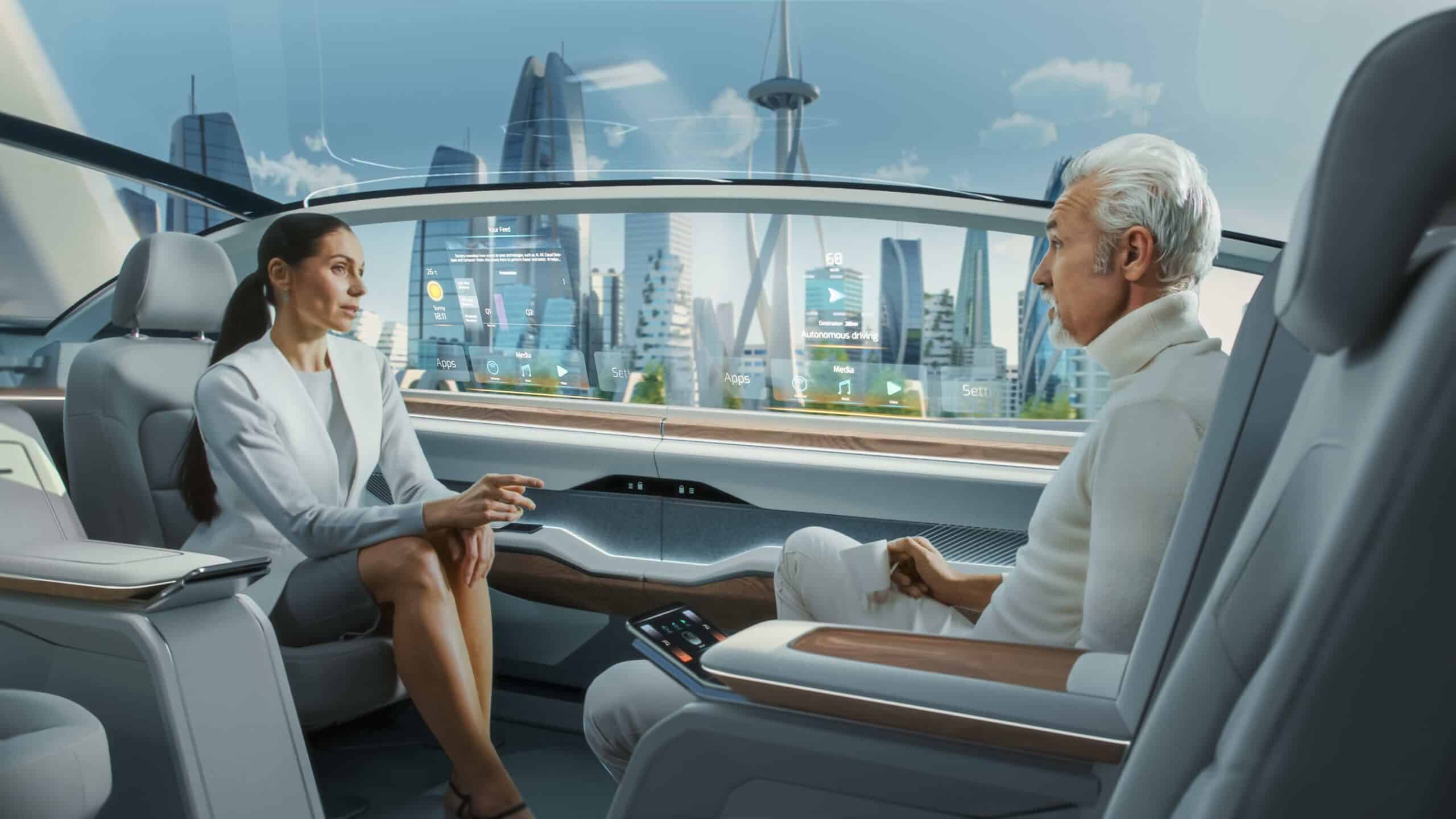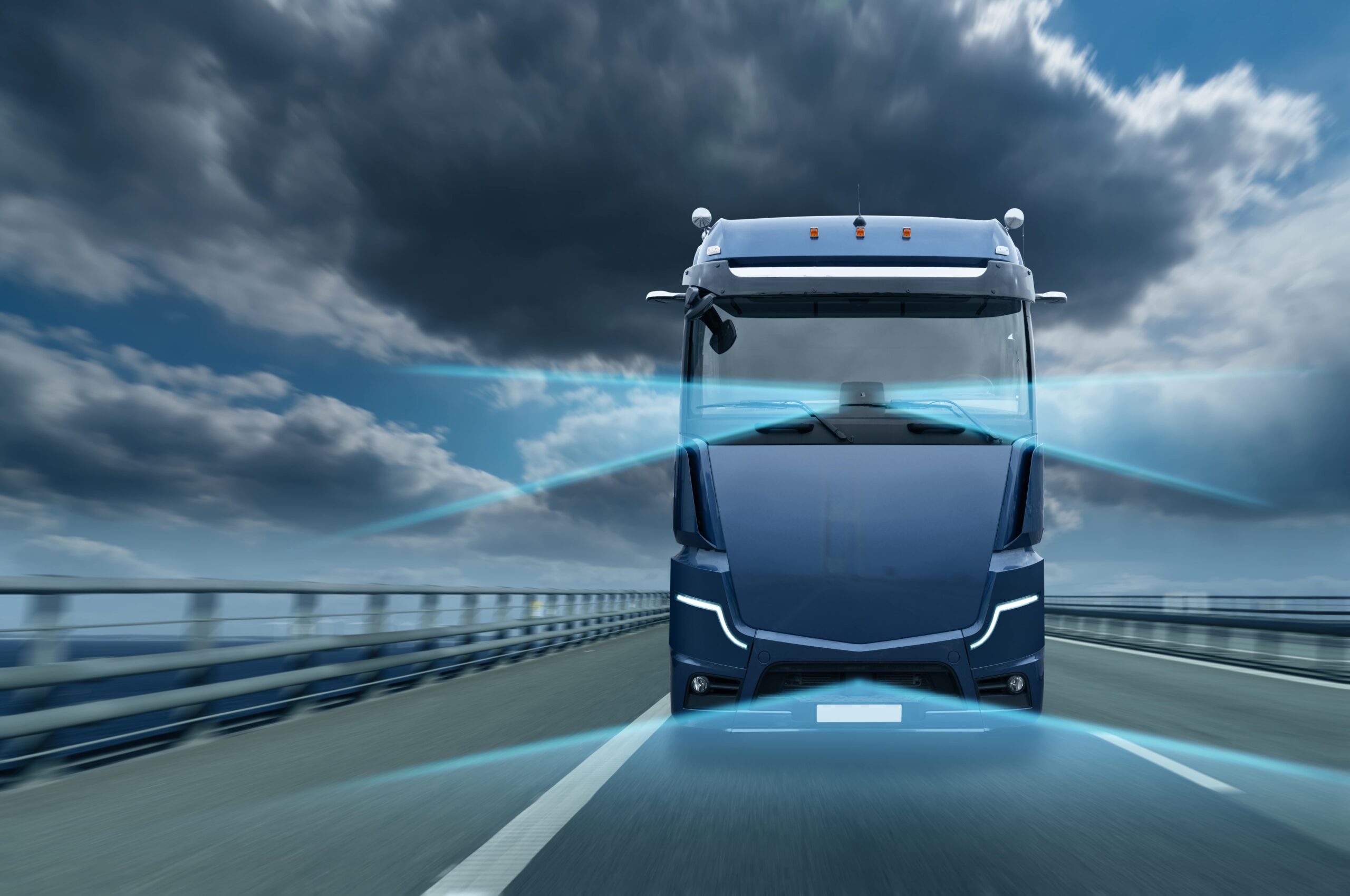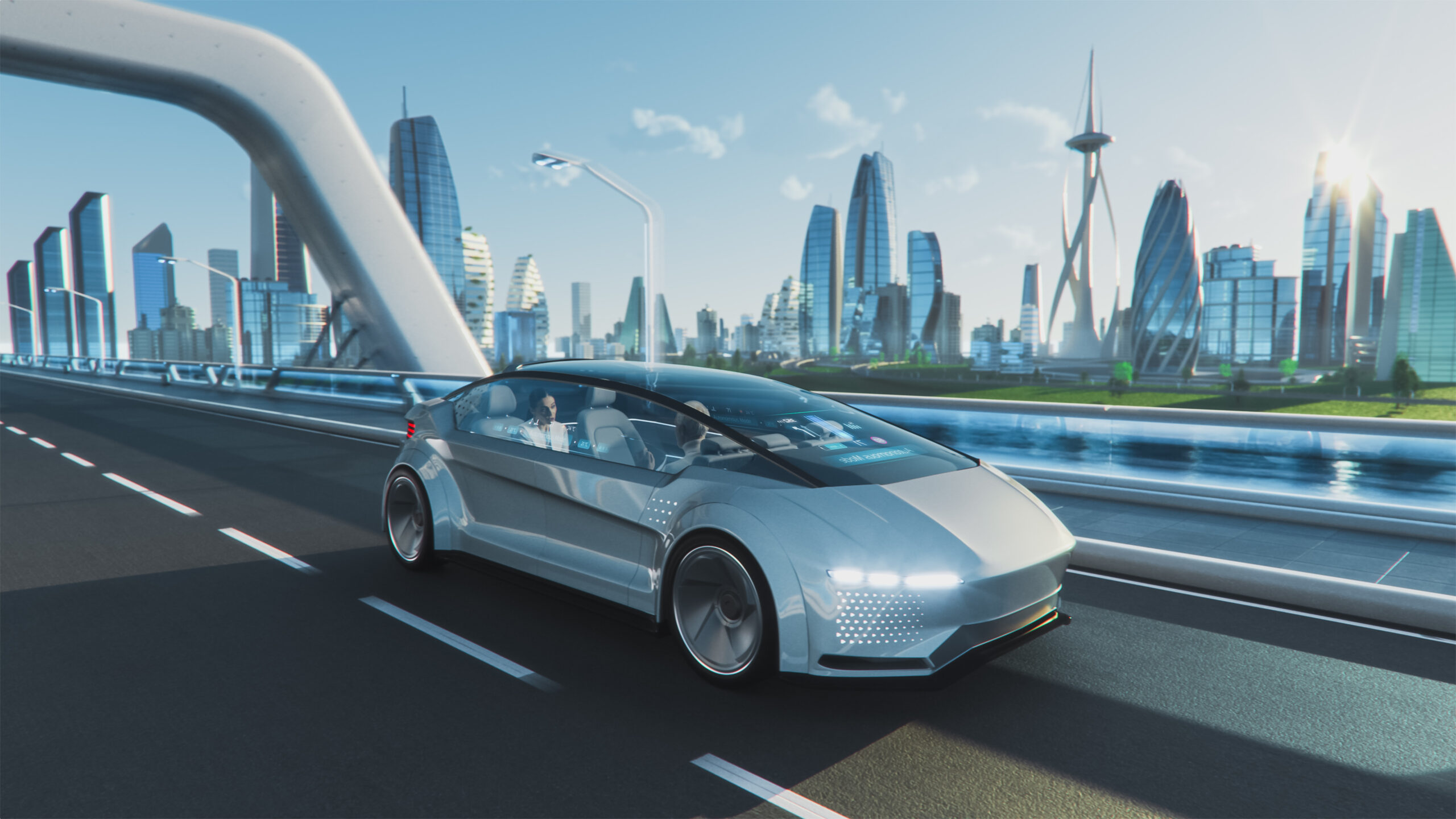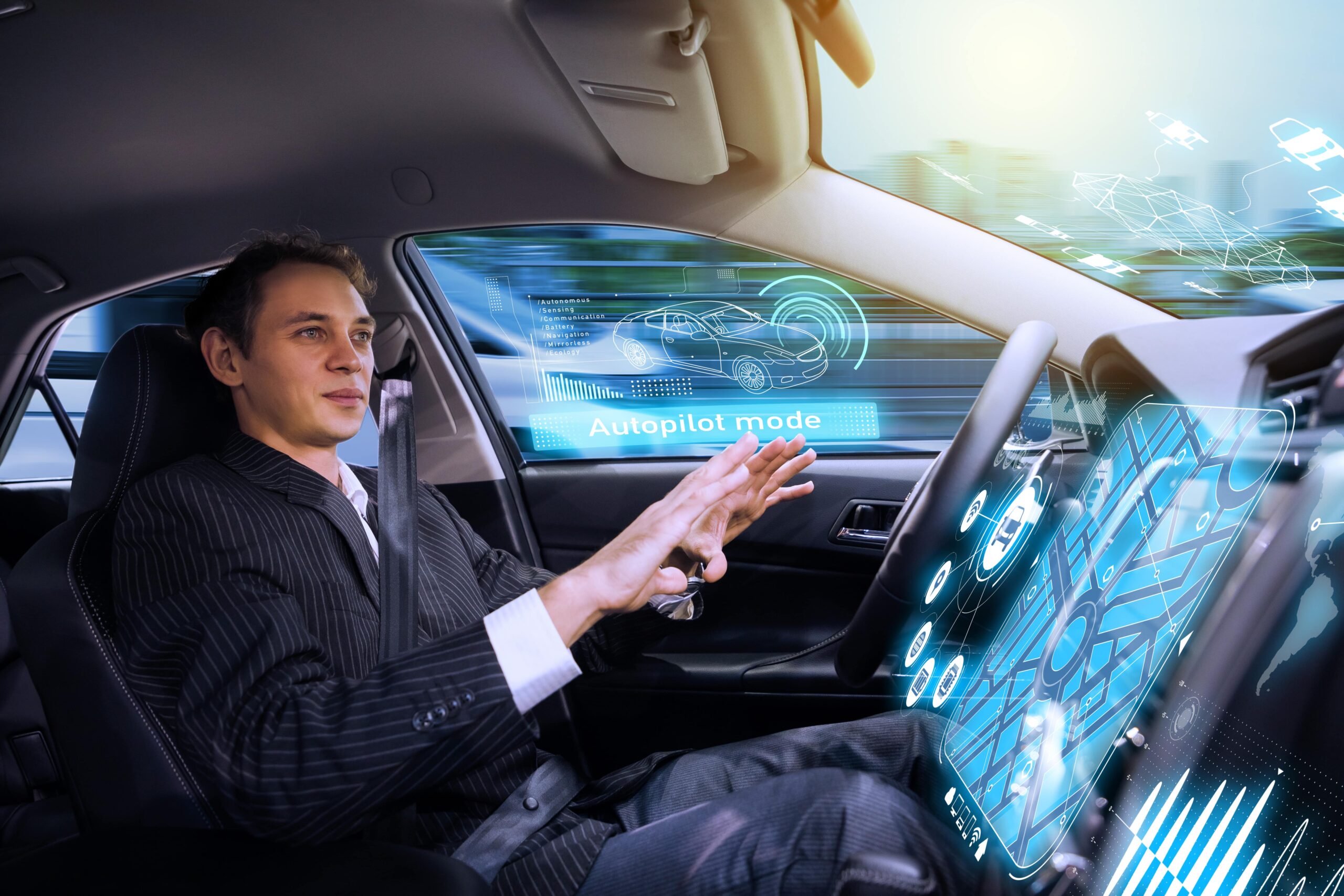- An epidemic of loneliness
- Detroit launches self-driving shuttle programme for people with disabilities
- GM unveils the world’s first self-driving, wheelchair-accessible vehicle
- This vehicle promises to make air travel enjoyable again for people with reduced mobility
The concept of autonomous vehicles has captured the imagination of many in recent years. While much of the discussion surrounding self-driving cars has focused on their potential to reduce traffic congestion and improve road safety, there is another group that stands to benefit immensely from this technology: the elderly and people with disabilities, for whom transportation can be a significant challenge. Age-related physical limitations, such as reduced mobility and vision impairment, can make driving difficult or impossible. This can lead to social isolation and a loss of independence, as individuals struggle to access essential services and maintain connections with their communities. Autonomous vehicles have the potential to change this reality. By providing a safe, reliable, and accessible mode of transportation, self-driving cars can help this demographic maintain their independence and improve their quality of life.
But the benefits of autonomous vehicles for these members of society go beyond just transportation. Self-driving cars can also be leveraged to provide essential services, such as grocery delivery and medical outreach. By partnering with businesses and healthcare providers, autonomous vehicle companies can create innovative solutions that address the unique needs of this demographic. Moreover, the emotional benefits of this technology cannot be overstated. For many senior citizens and people with disabilities, the loss of the ability to drive can be a significant blow to their sense of freedom and independence. Autonomous vehicles can help restore this sense of autonomy, allowing these people to maintain social connections and participate in activities they enjoy without having to rely on others for transportation.
“It wouldn’t surprise me if, in the next 10 years, we see most major metropolitan areas having fleets of autonomous vehicles travelling around their city where people call them up on an app”.
Eric Tanenblatt, a public policy leader at the law firm Dentons
An epidemic of loneliness
According to a 2022 report published by the National Disability Institute (NDI), autonomous vehicles could help alleviate the feelings of isolation that often plague these vulnerable populations. Tom Foley, NDI’s executive director, emphasises the profound impact that a lack of mobility can have on mental wellbeing, contributing to an “epidemic of loneliness” that disproportionately affects older adults and those with disabilities. For many people with disabilities, the ability to travel independently could open up new opportunities for employment and social engagement. Moreover, autonomous vehicles offer a level of safety and reliability that human drivers simply cannot match. As Foley points out, self-driving cars don’t text, drink, or get distracted — all common causes of accidents on the road today. Experts in the field are already exploring ways to leverage this technology to support the most vulnerable members of society. “Autonomous vehicles are going to be very beneficial to the elderly and other groups that have challenges related to driving. If they’re going to the doctor’s office, a social event or even places of employment, it can help lessen the burden of transportation”, says Eric Tanenblatt, a public policy leader at the law firm Dentons. “For many elderly, at some point, it’s not safe for them to drive, and so the more transportation opportunities that are out there for them, the better. The more active people stay as they age, the longer they live, so I think autonomous vehicles can be very helpful”.
However, as with any new technology, there are concerns and challenges that must be addressed. While several state governments have taken proactive steps to establish regulatory frameworks for self-driving vehicles, the technology itself is still undergoing rigorous testing to ensure its readiness for public use. One of the primary concerns among older adults is the safety and reliability of autonomous vehicles, with many expressing fears of being stranded in the event of a malfunction. Despite these concerns, Tanenblatt is optimistic about the future of autonomous vehicles. He compares the technology to cellphones and other innovations that were initially met with scepticism but eventually gained widespread adoption. As more people become familiar with the technology and its benefits, he believes that older adults will become more comfortable with the idea of self-driving cars. “It wouldn’t surprise me if, in the next 10 years, we see most major metropolitan areas having fleets of autonomous vehicles travelling around their city where people call them up on an app”, he adds. “It would be a game changer for the elderly for doctors’ appointments and other things like grocery delivery”. In fact, some cities have already gone this route.
“Accessible self-driving shuttles for people with disabilities is a game changer”.
Christopher Samp, Detroit’s Director of Disability Affairs
Detroit launches self-driving shuttle programme for people with disabilities
The City of Detroit recently announced plans to launch a groundbreaking initiative that aims to enhance the mobility of its senior citizens and residents with disabilities. As part of the initiative, the city’s Office of Mobility Innovation is rolling out a fleet of autonomous shuttles that will provide free, on-demand transportation services to these vulnerable populations, enabling them to access essential destinations such as shops, medical appointments, and workplaces. With this programme, the city seeks to address mobility barriers faced by approximately 128,000 Detroiters with a disability, offering them a tailored solution that will operate alongside the city’s existing paratransit service. “The project gives us the opportunity to solve some of the challenges that matter the most to Detroiters, starting with a solution tailored for residents currently experiencing mobility barriers”, says Tim Slusser, Chief of Mobility Innovation for the City of Detroit. “We are looking at how self-driving vehicle technology can be integrated into our existing transportation network while leading with what it will take to gain a high level of public trust. We want Detroiters to feel safe and well-informed riding on and sharing the road with autonomous vehicles”.
The autonomous shuttles, which are provided by a company called May Mobility, have advanced sensors and cameras that enable them to navigate the road safely and efficiently. Although safety operators will initially be present to assist passengers and intervene if necessary, the driving itself will be handled by a sophisticated computer system that can analyse thousands of possible scenarios in real time. Remote operators provide another layer of security and can take over if needed. The shuttles will also be able to accommodate wheelchairs in compliance with the Americans with Disabilities Act. The fleet will initially have three hybrid vehicles, which will operate 50 hours per week across a 7-day schedule. The pilot programme will operate in two zones, covering neighbourhoods in central and southeastern Detroit, with a potential connecting route linking the two areas. The selection of these zones is based on census data, which the city used to identify areas with a high concentration of older adults living in poverty and with limited access to personal vehicles.
By strategically placing the shuttles near key points of interest, such as healthcare facilities, grocery stores, and pharmacies, the city aims to maximise the impact of the programme on the lives of its target demographic. “Accessible self-driving shuttles for people with disabilities is a game changer”, says Christopher Samp, Detroit’s Director of Disability Affairs. “A person with a disability will be able to use this service to simply go directly to their destination. Some individuals with a disability who are not able to obtain a driving licence can reclaim their independence with the ability to travel with self-driving cars”. Throughout the pilot programme, data will be collected to evaluate efficiency, accessibility and overall service. This information could be used for potential wider deployment in Detroit and possibly even expansion to other cities around the world.
GM unveils the world’s first self-driving, wheelchair-accessible vehicle
Cruise, a subsidiary of the automotive giant GM, recently unveiled the Cruise WAV, a new autonomous vehicle that promises to revolutionise transportation for people with disabilities. Described by the Cruise CEO Kyle Vogt as “the world’s first self-driving, wheelchair-accessible vehicle”, Cruise WAV is actually a modified version of the Cruise Origin, an autonomous vehicle designed specifically for shared transportation. To accommodate wheelchair users, the WAV incorporates several additional features on top of the original design, including a well-lit, deployable ramp with pop-up rails for safe and easy access in all weather conditions. The vehicle also employs a ‘kneeling’ mode, which lowers the suspension to make it easier to enter and exit using a wheelchair. Once inside, passengers can secure their wheelchairs in place using either a height-adjustable dock or straps and hooks.
The Cruise WAV also boasts user-friendly controls, empowering passengers with disabilities to manage various aspects of their ride independently. Using physical buttons and switches within the car or even their smartphones, passengers can unlock their wheelchairs from the dock, start and stop the vehicle, control the doors, and deploy or retract the ramp. In case of any difficulties, they can easily call for remote assistance. To ensure the WAV meets the highest standards of accessibility, Cruise has collaborated with several companies specialising in wheelchair-accessible vehicles and equipment. Moreover, the company has actively sought input from the disability community, incorporating their valuable insights into the design process. “Accessibility is an important reason why we’re invested in autonomous vehicles”, says Carrie Morton, Chief Engineer of Accessibility at GM. “This transformation in mobility has the potential to really change the way people move around the world”.
This vehicle promises to make air travel enjoyable again for people with reduced mobility
For many elderly individuals and those with limited mobility, even the thought of navigating a bustling airport can be daunting. The joy of exploring new places and the excitement of travel can be overshadowed by the challenges of getting around in a fast-paced, crowded environment. But now, a game-changing innovation promises to reimagine the way this segment of the population experiences air travel. The product of a collaboration between design firm PriestmanGoode, mobility company Centaur Robotics, and software company Naurt, the Geo concept is an innovative, self-balancing personal electric vehicle on two wheels that can navigate the airport environment autonomously, eliminating the need for pedals or a steering wheel. There is also an integrated virtual assistant that can offer passengers directions and even send them reminders to ensure they don’t miss their flight. By offering the vehicle to passengers with reduced mobility, airports can significantly improve their experience and make air travel enjoyable again. “The travel experience is very different for passengers with reduced mobility”, says Jo Rowan, Associate Director of Strategy at PriestmanGoode. “What typically happens at an airport is that a wheelchair user is asked to arrive one hour before other passengers, they are met by an attendant at check-in and are taken directly to the gate”.
The need for an inclusive solution has become increasingly pressing in recent years, with the number of people requiring assistance on flights in the UK seeing a two-fold increase since 2015. Disturbingly, many have reported experiencing degrading and substandard treatment at airports. Disability Rights UK, a prominent charity, has even written an open letter to the British Prime Minister, emphasising the profound human impact of such incidents on the dignity of passengers with limited mobility. The consequences can be far-reaching, with many individuals opting to avoid air travel altogether due to the lack of confidence in the current system. The Geo concept is actually based on an existing self-balancing personal electric vehicle developed by Centaur Robotics, which has been upgraded with Naurt’s location optimisation software to enable autonomous driving. The user can either let the vehicle drive on its own or assume control themselves if necessary using a joystick and a built-in touch screen. The potential applications of the Geo concept extend far beyond the confines of airports. The same system could be applied to various other public spaces, from shopping malls to cruise ships, making the world a more inclusive place for all.
Closing thoughts
As we’ve seen, autonomous vehicles have the potential to be a real game-changer for the elderly and people with disabilities. Just imagine how liberating it would be for someone who struggles with mobility issues to suddenly have safe, reliable transportation at their fingertips. No more relying on others for rides or feeling trapped at home. Self-driving cars could give them back their independence and open up a whole new world of possibilities. And it’s not just about getting from point A to point B. These vehicles could also be a lifeline for accessing essential services like healthcare and grocery delivery. For someone who might otherwise struggle to navigate these basic tasks, that could make all the difference in their quality of life. But of course, there’s still work to be done. We need to make sure these technologies are developed responsibly, with rigorous testing and clear regulations to ensure everyone’s safety. And most importantly, we need to keep the voices and experiences of the elderly and people with disabilities at the forefront, so we’re creating solutions that truly meet their needs. At the end of the day, this is about so much more than just cool tech or convenience. It’s about building a more inclusive society where everyone has the opportunity to live life to the fullest, regardless of age or ability.




